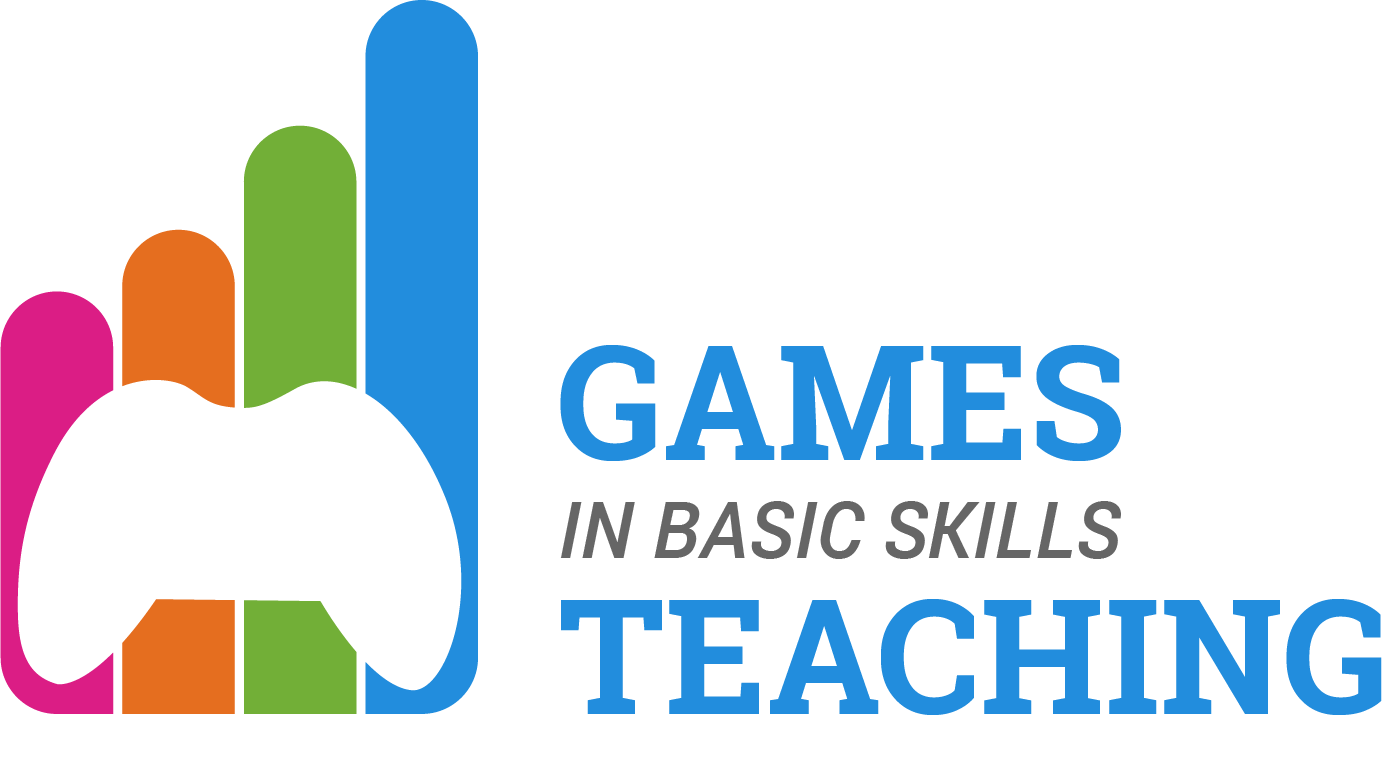Co-creation of an Escape Room
Game facts and game description
Description
It is not really a game; it is a co-creation of a game. It is a co-creation of an escape room.
It is the research, the creative thinking, the implementation of all the things the learners
have learned about STEAM. It may take a few days or a few months. It depends on how
much the learners work and what they want to create.
Project outline
First, we made some discussions in order to create the setting. The learners did some
research about other escape rooms. Then they had to think of some highlights and create
the story. After this, the learners were divided in groups of 4, they had to create some
STEAM riddles and then they had to work together in order to create the final version of
the escape room.
Target group & Setting
The learners that co-created the escape room were adults of Platon School of Katerini
Greece. The number of them that took this program is 32, 18 of which are women and 14
men. They used a regular class of the school that was transformed into an Escape Room. It
was a project for the STEAM class that lasted for 2 months (2 hour per week)
Checklist: The checklist does not apply on this because it is not a game.
How to embed
The co-creation of the escape room can be applied to almost every class. It depends on
the riddles that are going to be created. They may have to do with physics, maths,
chemistry, history, language or even foreign language. The only thing needed is a room
and lots of imagination.
Use in class
The method used for this program was the inquiry method and we tried to teach the
learners some problem-solving techniques. The project was structured in two main
phases. The first phase was on creating the setting. During this phase the whole class
worked together. During this phase, learners were discussing and sharing ideas. They also
had to do research on the internet for one week. All of the learners had to propose at
least one riddle and explain how they were going to make it happen. They end-up with a
long list of about 40 riddles and puzzles. A long discussion followed until students
reached a consensus to a list of 10 riddles, taking into account that they have to be
doable, economical and they should not be dangerous or frightening.
The second phase was focused on creating the story of the game. In this phase the
learners were divided into groups of three or four. In this way they would have to
collaborate in small groups. Collaborative learning is characterised by relatively
unstructured processes through which participants negotiate goals, define problems, develop procedures, and produce socially constructed knowledge in small groups. They
had to design the riddles and make a list with all the components needed. Dividing
learners in groups was made on the basis of different grades in STEM, different attitudes
towards STEM, and gender balance. After each group had completed their task, they
presented the riddle to the other groups and a new discussion started on how all these
riddles should be connected in order to make the game more interesting to play but not
too difficult in order to be possible for others to finally “escape the room”.
Student experience, testimonials and quotes
The teacher that worked in the co-creation of the escape room with the learners
described this experience as something completely new for him. He said that it was very
hard for him to let the learners “learn by themselves” without “teaching” them. Finally he
realised that it was worth it because he saw the change in the motivation of the learners
and the different approach that they had on STEAM after this program. As for the learners,
they said that they enjoyed this different way of learning, they liked that they used their
mind and hands in order to create something and that they liked working in groups and
exchanging ideas with the teacher but also with the other learners.
